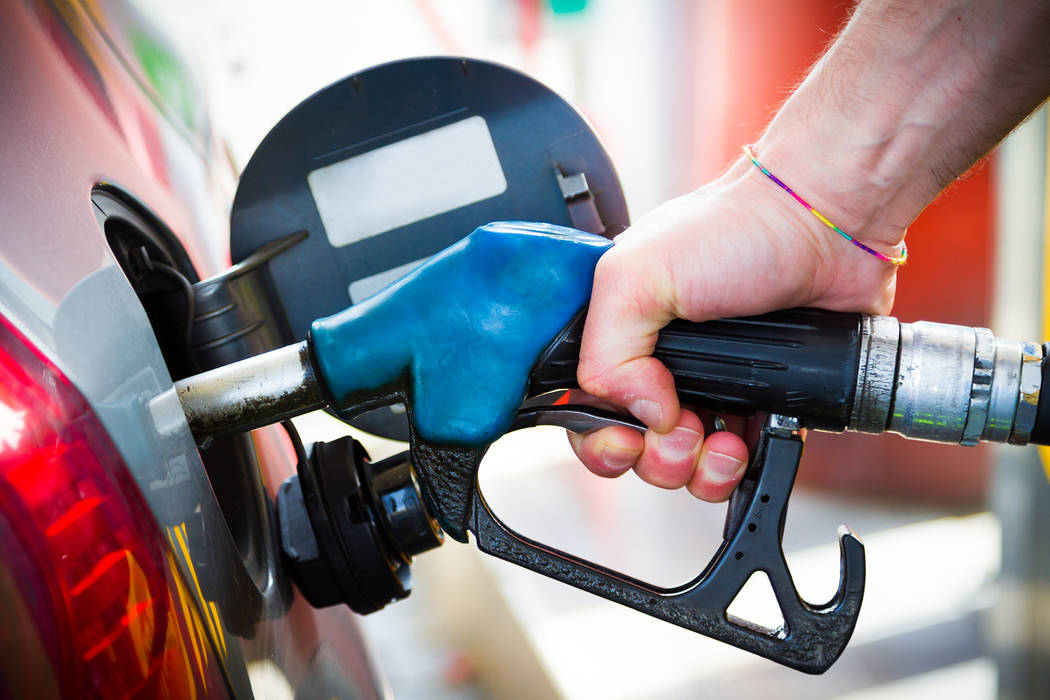
The national gas price average is $2.90, only one cent more expensive than a month ago, but 60 cents more expensive than a year ago, AAA announced this week.
Nevada is among the nation’s top 10 most expensive markets at $3.31. In Pahrump on Monday, prices ranged from $2.89 to $2.96, according to gasbuddy.com.
In Beatty, the prices were $3.13 to $3.15. In Tonopah, the range was $3.49 to $3.79, the GasBuddy survey found.
Motorists in the West Coast region are paying the highest pump prices in the country, with all states on the Top 10 most expensive list: Hawaii ($3.73), California ($3.71), Washington ($3.45), Alaska ($3.43), Oregon (3.32), Nevada ($3.31) and Arizona ($3.07). On the week, prices continue to mostly decline in the region by a penny or two. However, Hawaii and Alaska each increased by a penny.
Nationwide, 44 states have less expensive or steady gas price averages compared to June 11. However, the cheaper trend may be reversing, AAA said.
“If demand continues to strengthen and inventories decrease in the weeks ahead, motorists can expect gas prices do a reversal and start to increase again,” said Jeanette Casselano, AAA gas price expert.
“AAA expects the national gas price average to range between $2.85 and $3.05 through Labor Day, likely seeing the summer’s highest prices in June.”
Moving into this week, another factor that will influence gas prices in the near and long term will be outcomes from the June 22 OPEC meeting in Vienna, Austria. The nation’s top 10 most expensive markets are: Hawaii ($3.73), California ($3.71), Washington ($3.45), Alaska ($3.43), Oregon ($3.32), Nevada ($3.31), Utah ($3.19), Idaho ($3.19), Connecticut ($3.11) and Arizona ($3.07).
The nation’s top 10 largest weekly changes are: Ohio (-10 cents), Florida (-5 cents), Delaware (-5 cents), Indiana (+5 cents), Virginia (-5 cents), Utah (+4 cents), Maryland (-4 cents), Iowa (-4 cents), Kansas (-4 cents) and Illinois (-4 cents).
Domestic investment in crude production continues to grow. Last week, the U.S. added another oil rig, bringing the current total to 863. When compared to last year’s rig count at this time, there are 116 more active rigs today.